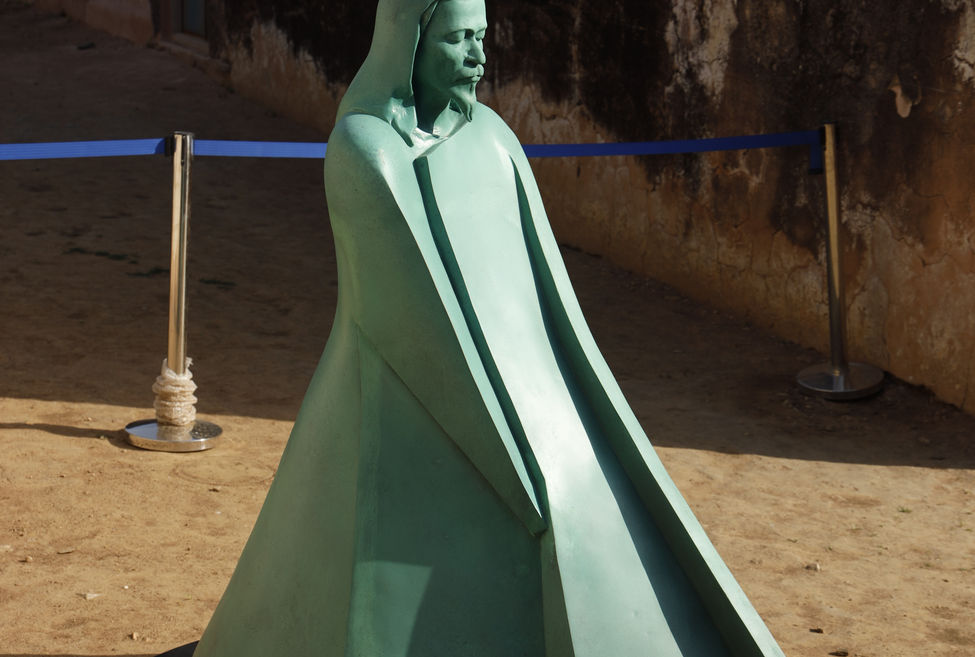
SHIBU NATESAN

Born in Trivandrum in 1966, Shibu Natesan studied Painting at the College of Fine Arts in Kerala in the 1980 and earned a Master's Degree in Printmaking at the Faculty of Fine Arts, M.S. University, Baroda in 1989. Influenced by the photoreal paintings of Gerhard Richter, R. B. Kitaj, as well as the broader cultural forces that influenced the Indian art world of the period, Natesan’s early works focused on the imbalance in the dominant power structures of society, highlighted through highly photorealistic art.
Natesan’s work has been exhibited widely both in India and internationally. He has held solo exhibitions with major international galleries such as Grosvenor Gallery, London; Aicon Gallery, New York; Jack Shainman Gallery, New York; and Galerie Nanky de Vreeze, Amsterdam. Some of his major participations and international shows include ‘Sightings: Out of the Wild’, Kiran Nadar Museum of Art, 2019; ‘Bhupen Khakhar’s Contemporaries: India 1960-2016’, Grosvenor Gallery, London, 2016; ‘Mapmakers II: The Evolution of Contemporary Indian Art’, Aicon Gallery, New York, 2013; ‘Art for Humanity’, CSMVS, Mumbai, 2012; ‘Of Gods and Goddesses: Cinema, Cricket: The New Cultural Icons of India’, Jehangir Art Gallery, Mumbai, 2011; ‘Parallel Realities’, The Fukuoka Asian Art Triennale, Japan, 2005.
About The Work
Courtesy of The Guild, Alibagh
Titled after Pieter Bruegel’s painting, the allegorical work “The Misanthrope,” Natesan’s sculpture entitled “Misanthrope II” is a self-portrait, casting the artist in the eponymous role. The figure of the misanthrope is a self-contained one, his form disappearing behind a mountain-like cloak. Natesan has worked with sharp angles and planes to create an ambiguity in the work, with nothing given away behind the folds of the cloak. The choice of minimalism here highlights the details of the revealed head, acting as a key to the sculpture. The structure also reminds a familiar viewer of Natesan’s recent series of landscape paintings, where mountains have long replaced men as the object of the artist’s work. The artist’s turn toward still life and landscape has been marked by not only an artistic shift in the linguistic possibilities of art, but in a deliberate turn away from the sociopolitical, an artist’s form of resistance. Amidst this reference to art history as well as his own reflections, only the artist’s head remains visible. Here, too, the eyes remain closed to the surrounding world. The work seems to remind one of the aphorism that underscored Bruegel’s moralist work: “Because the world is so deceitful, I go in mourning.”





